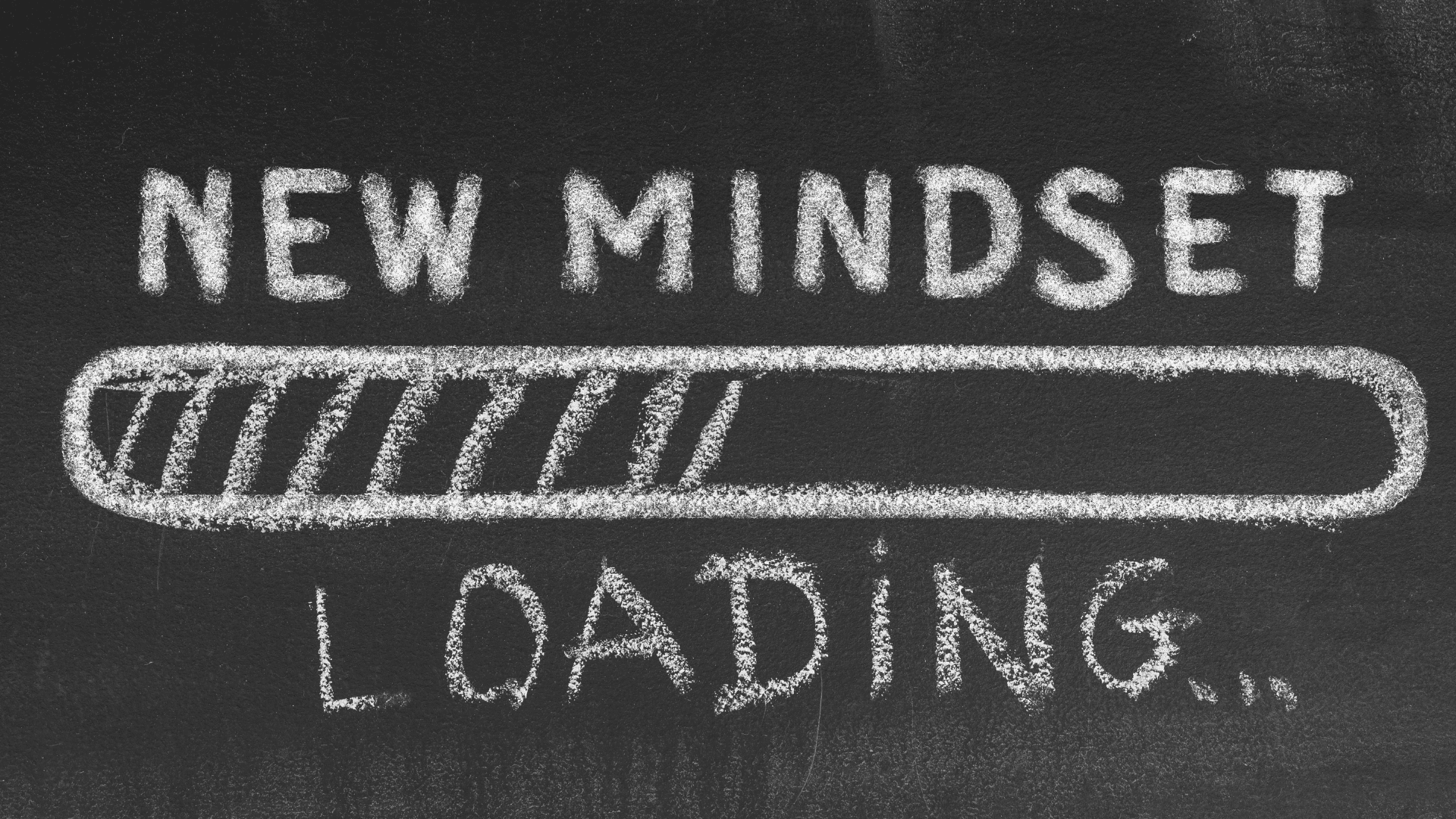Articles
Failing Forward: Where Breakthroughs are Born
BY: Team Performance Institute | Date:
Every successful person you admire has failed more times than you can imagine.
The narrative around failure has evolved dramatically in recent years, particularly in business and personal development circles. While society once viewed failure as something to be ashamed of, today’s most innovative leaders and thinkers recognize it as an essential catalyst for growth.
Silicon Valley’s “fail fast, fail often” mantra has transcended the tech world, inspiring individuals and organizations across industries to embrace failure as a teacher rather than a terminator of dreams.
The Psychology of Productive Failure
Your brain actually grows more from analyzing mistakes than from celebrating successes.
Research in neuroscience reveals that our brains form stronger neural connections when processing and learning from mistakes than when simply repeating successful actions. This biological reality challenges our instinctive aversion to failure.
When we make mistakes, our brains release cortisol, triggering our stress response. However, if we can reframe these moments as learning opportunities, we activate different neural pathways associated with growth and adaptation.
This is why some of the most innovative companies have begun celebrating failures alongside successes, understanding that each misstep contains valuable data for future success.
The Feedback Loop
Every failure carries within it the seeds of vital market feedback and personal insight.
Consider failure as the world’s most honest consultant – one that doesn’t charge by the hour but pays you in wisdom.
When a product launch flops, it’s not just a disappointment, it’s a treasure trove of customer insights. When a presentation falls flat, it’s not career suicide, it’s a masterclass in communication improvement.
The key lies in developing a systematic approach to extracting these lessons. Success can actually be dangerous because it doesn’t always teach us what we need to know. Failure, on the other hand, never fails to educate – if we’re willing to listen.
The Resilience Factor
Each time you get back up, your emotional muscles grow stronger.
Building resilience isn’t about avoiding failure, it’s about developing the capacity to bounce back stronger.
Think of it like immune system exposure – each controlled encounter with failure builds up your resistance to its negative effects. This resilience becomes a competitive advantage in both personal and professional contexts. Those who can maintain their composure and analytical thinking in the face of setbacks will inevitably outperform those who crumble under pressure.
The best leaders often credit their biggest failures for developing the emotional fortitude that later enabled their greatest successes.
The Innovation Imperative
True innovation requires stepping into unknown territory where failure isn’t just possible – it’s probable.
The most groundbreaking achievements in human history came after countless failures. Thomas Edison’s light bulb followed thousands of unsuccessful attempts. The Wright brothers crashed numerous times before achieving powered flight. Today’s rapid technological advancement demands similar courage to explore uncharted territory.
Organizations and individuals who play it too safe, who are too afraid to fail, will find themselves increasingly irrelevant in a world that rewards bold experimentation and rapid iteration.
The path forward isn’t about avoiding failure – it’s about failing better, failing smarter, and failing forward. Each setback can push us further ahead if we maintain the right perspective and extract the right lessons. In a world that’s changing faster than ever, our ability to learn from failure may be the most critical skill we can develop.
The most successful people and organizations don’t just tolerate failure – they actively seek out the valuable teachings hidden within each disappointment. They understand that comfort zones are where dreams go to die, and that the edge of failure is where true growth begins. By reframing failure as a necessary step in any meaningful journey, we free ourselves to take the risks that lead to extraordinary achievements.
Remember: failure is not the opposite of success – it’s a component of success. The only real failure is the failure to learn, to adapt, and to get back up with renewed determination and insight. In embracing this mindset, we transform our relationship with failure from one of fear to one of curiosity and opportunity. This is how we fail forward, turning every setback into a setup for something greater.
More Articles

Embracing Feedback: Why Discomfort is Your Greatest Growth Engine
Growth happens at the edge of your comfort zone, and nothing pushes us there quite like honest feedback. The journey of personal and professional development is often painted as a solitary pursuit – late nights grinding away on your craft, early mornings perfecting your routines, and countless hours invested in skill-building. But the real catalyst … Continued

From Roadblocks to Stepping Stones: Transforming Career Obstacles into Opportunities for Growth
Every successful professional’s journey is marked not by the absence of challenges, but by their unique approach to navigating them. Those who thrive don’t just overcome obstacles – they transform them into catalysts for growth. The most resilient professionals have mastered the art of viewing roadblocks not as dead ends, but as detours leading to … Continued

The Power of Yet: How One Small Word Can Transform Your Mindset and Unlock Your Potential
The simple addition of “yet” to any statement of limitation can instantly transform it from a dead end into a doorway of possibility. Growth mindset has become something of a buzzword in recent years, popularized by psychologist Carol Dweck’s groundbreaking research. But at its core, this concept isn’t just another professional development trend – it’s … Continued